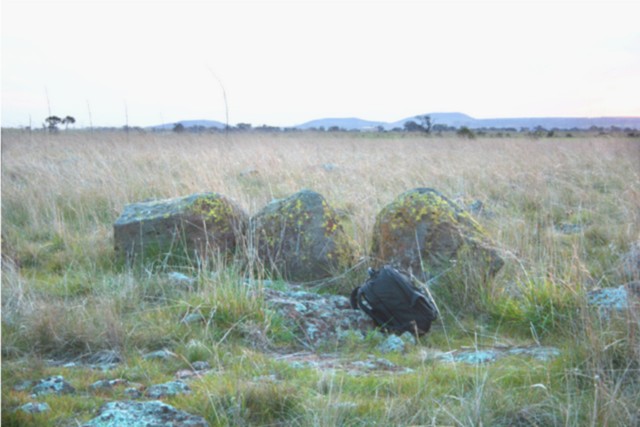The finding of the 17-year-old girl's grave adds more evidence that henges were linked to death ritualsFour to five thousand years ago, a wealthy teenage girl was laid to rest in a grave at what archaeologists believe is a newly found henge in Kent, England.
The discovery of the 17-year-old's grave -- along with a unique prehistoric pot inside of a ringed ditch near two other women -- strengthens the idea that important death-related rituals took place at many of these mysterious ancient monuments when they were first erected.

© Archaeological Field SchoolArchaeologists excavate the site of a prehistoric teen girl's grave in Kent, England.
Mystery still surrounds Stonehenge and other sacred sites in the U.K., but a new probable henge in Kent strengthens the idea that important death-related rituals took place at many of these monuments when they were first erected 5000 to 4000 years ago.
"What is becoming clear is that with a series of major excavations in Kent linked to road and rail works, and new aerial photography, there are many circular earthworks that look part barrow and part henge, and like the one fully excavated example at Ringlemere (Kent), some of these may be both," said archaeologist Mike Pitts, publisher of
British Archaeology, where a summary of the recent finds appears.




